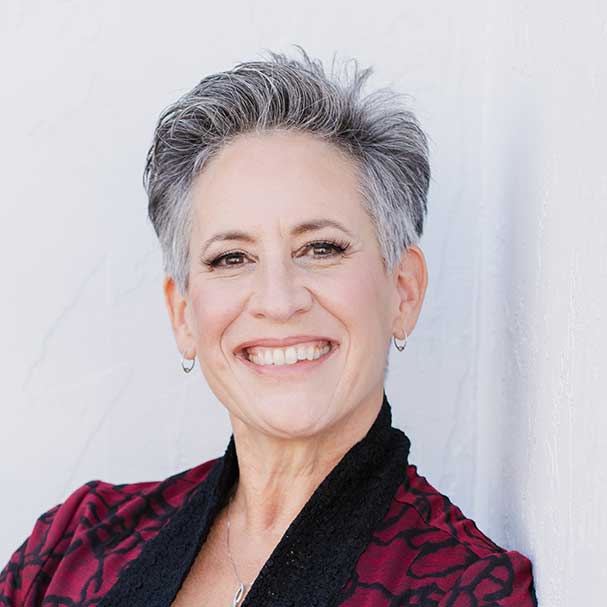


Interest in measuring diversity, particularly workforce diversity, has grown exponentially in recent years. While numerical diversity doesn’t tell the whole story, nor is it a sufficient condition for inclusion and equity, it can still be a meaningful exercise.
One common reason organizations have for studying numerical diversity is to address this question: Is our workforce representative of the community we serve? To date, few organizations regularly collect employee diversity data and those that do, generally limit it to age and sex. The gap in data is often filled by a workplace survey. In turn, organizational diversity data can then be compared to population level data, such as that available through the census or labour market figures.
However, in doing this work, we have encountered a number of challenges and places where professional judgements needed to be made. Here are a few we think are worth mentioning:
For this reason, great caution needs to be observed when reporting on numerical diversity and making comparisons to population diversity. If reporting is necessary, it needs to be clear that what is being reported is the diversity of the sample which may not correspond to the actual relative diversity in the organization. Similarly, comparing organizational diversity to population diversity with less than a 100% sample can lend itself to inaccuracy and, worse yet, erroneous claims about representativeness. We have actively discouraged clients from publishing organizational diversity data for those very reasons.
So, does that mean measures of organizational diversity are useless? Not at all! While you may not learn everything about workplace diversity you can definitely learn something about diversity in the organization. This data can also provide a baseline for ongoing measures of workplace diversity with the associated aim of building trust and response rates over time. It is also provides a lens for understanding the organization from the perspective of different groups and a jumping off point for more targeted learning.